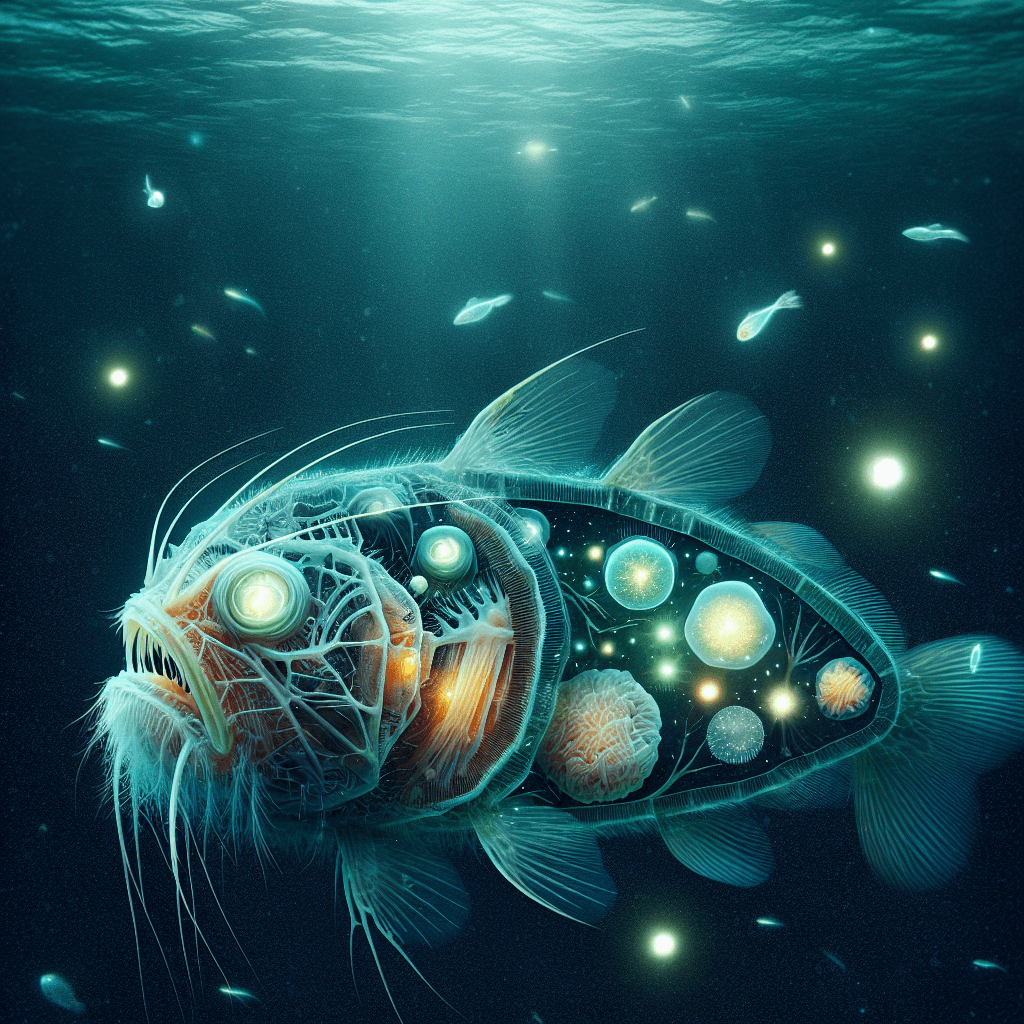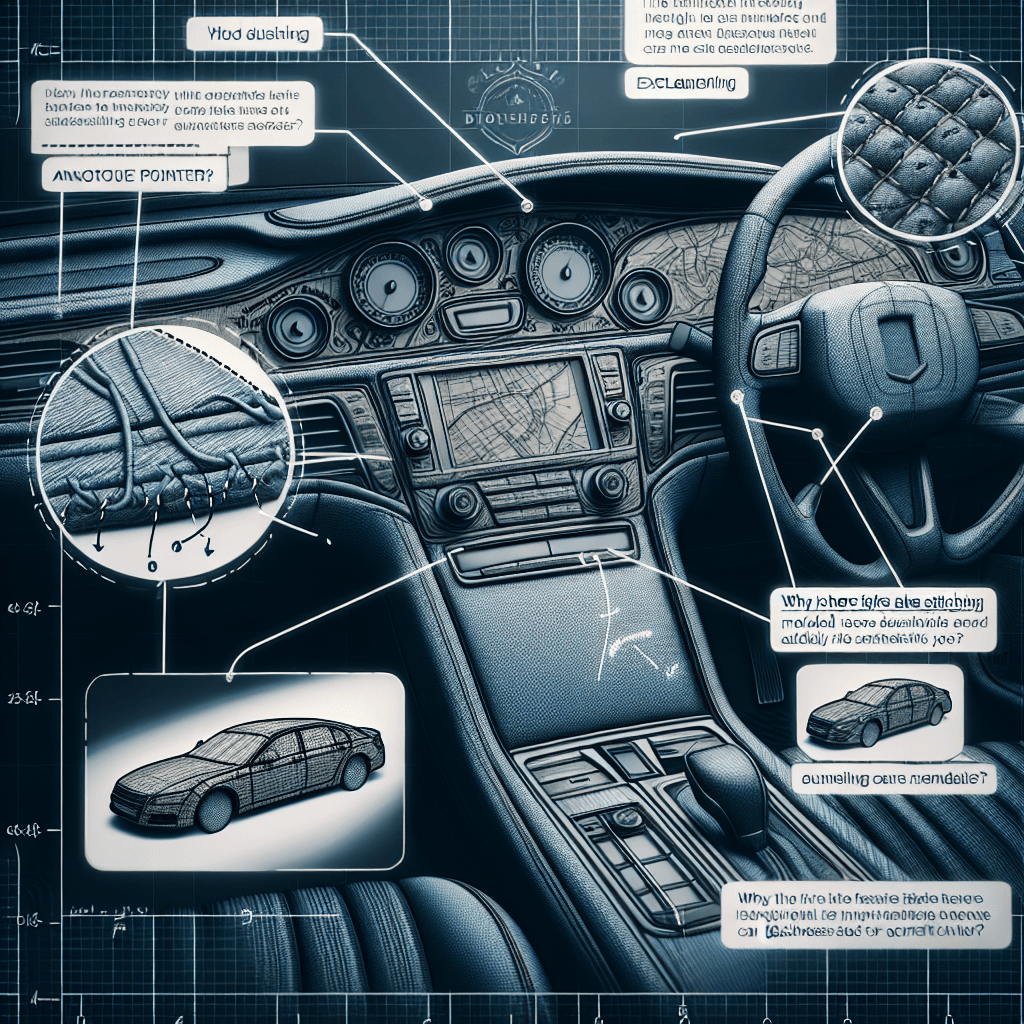Why do some deep-sea fish have completely transparent heads
It's not science fiction—some fish have a completely see-through head that allows their eyes to look straight up through their own skull, and the reason for it is a masterclass in deep-sea survival.


Too Long; Didn't Read
A deep-sea fish's transparent head is a fluid-filled shield protecting its sensitive, upward-pointing eyes. This allows it to spot the silhouettes of prey above and steal food from stinging jellyfish without its eyes getting hurt.
The See-Through Secret: Why Do Some Deep-Sea Fish Have Completely Transparent Heads?
Imagine a creature from the darkest depths of the ocean, a place where sunlight is a distant memory. This creature has a body like a normal fish, but its head is a completely transparent, fluid-filled dome, revealing its internal, glowing green eyes. It sounds like science fiction, but for the Barreleye fish (Macropinna microstoma), it's a reality. The deep sea is a realm of extreme pressures, perpetual darkness, and bizarre adaptations, but few are as visually striking as a transparent head. This post will delve into the incredible evolutionary reasons behind this see-through marvel and explain how it gives this unique fish a critical advantage in one of Earth’s most challenging environments.
Meet the Barreleye: The Fish with a Glass Head
The star of this biological mystery is the Barreleye fish. Living in the ocean's "twilight zone" (about 2,000 to 2,600 feet deep), this small fish has adapted in ways that are difficult to comprehend. The most prominent feature is its transparent, shield-like forehead. This dome isn't empty; it's filled with a clear fluid that protects what's inside.
And what's inside is the key to the whole adaptation: a pair of large, tubular, barrel-shaped eyes. These eyes are incredibly sensitive to light and are capped with bright green lenses. A common point of confusion for first-time observers is the two small spots at the front of the fish's "face." These are not its eyes; they are its olfactory organs, equivalent to nostrils. The actual eyes are the prominent green orbs positioned inside the transparent head, typically pointing straight up towards the faint light filtering down from the surface.
A Unique Solution to a Deep-Sea Problem
Life in the twilight zone is a constant struggle for survival. Finding food is difficult, and avoiding becoming food is even harder. The Barreleye’s transparent head is a multi-purpose tool designed to solve several of these deep-sea challenges.
An Unobstructed View
The primary function of the Barreleye's visual system is to spot the silhouettes of prey swimming overhead. Its ultra-sensitive, upward-facing eyes act like twin telescopes, scanning the dim water above for the faint shadows of small crustaceans and jellyfish that make up its diet. Having eyes inside the head, rather than on the sides, allows for superior binocular vision, which is crucial for judging distance in a three-dimensional, dark environment.
A Protective Shield for a Daring Thief
For years, the transparent dome was a puzzle. However, research from scientists at the Monterey Bay Aquarium Research Institute (MBARI) has provided a compelling explanation. The Barreleye is believed to be a food thief, often stealing its meals from the tentacles of siphonophores (long, jellyfish-like colonial organisms). These tentacles are armed with powerful stinging cells called nematocysts.
The transparent shield serves as a protective barrier. It allows the fish to maneuver close to these dangerous creatures and pluck food from their tentacles without risking injury to its incredibly sensitive eyes. The clear dome essentially functions as a protective helmet, allowing the Barreleye to exploit a food source that would be hazardous for other fish.
A Visionary Twist: Eyes that Rotate
For a long time, scientists believed the Barreleye's eyes were fixed in an upward-gazing position. This raised a perplexing question: how could the fish see the food it was trying to eat? If its eyes were always looking up, navigating food into its small, pointed mouth would be nearly impossible.
The breakthrough came when MBARI researchers used Remotely Operated Vehicles (ROVs) to observe the fish alive in its natural habitat. They discovered something astonishing: the Barreleye's eyes can rotate.
- Scanning Mode: When the fish is swimming horizontally, its eyes point upward to scan for prey.
- Feeding Mode: When it spots a meal and needs to eat, the fish pivots its body into a vertical position. As it does, its eyes rotate forward within the clear dome.
This incredible rotation allows the Barreleye to keep its prey in sight as it moves in to capture it with its mouth. The transparent head provides a completely uninterrupted field of vision during this entire process, ensuring the fish never loses sight of its target.
A Window into Deep-Sea Evolution
The transparent head of the Barreleye fish is far from a simple curiosity; it is a masterclass in evolutionary problem-solving. It is a sophisticated system that provides exceptional light-gathering ability, a protective shield against predators and prey, and a dynamic field of vision that adapts to the fish's needs. This remarkable creature serves as a powerful reminder that the deep ocean, while seemingly barren, is home to some of the most innovative and awe-inspiring life forms on our planet, each with its own secrets waiting to be discovered.


